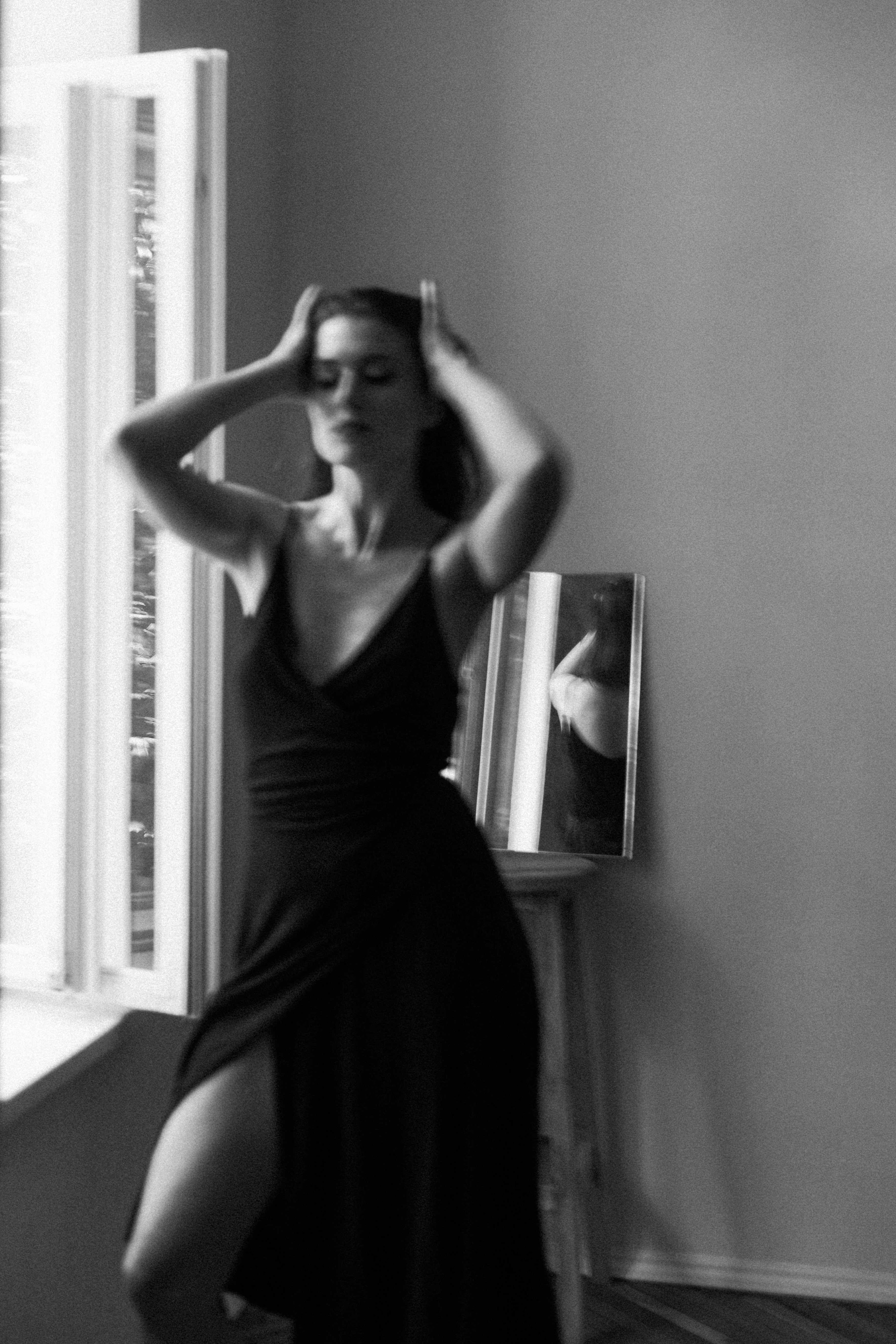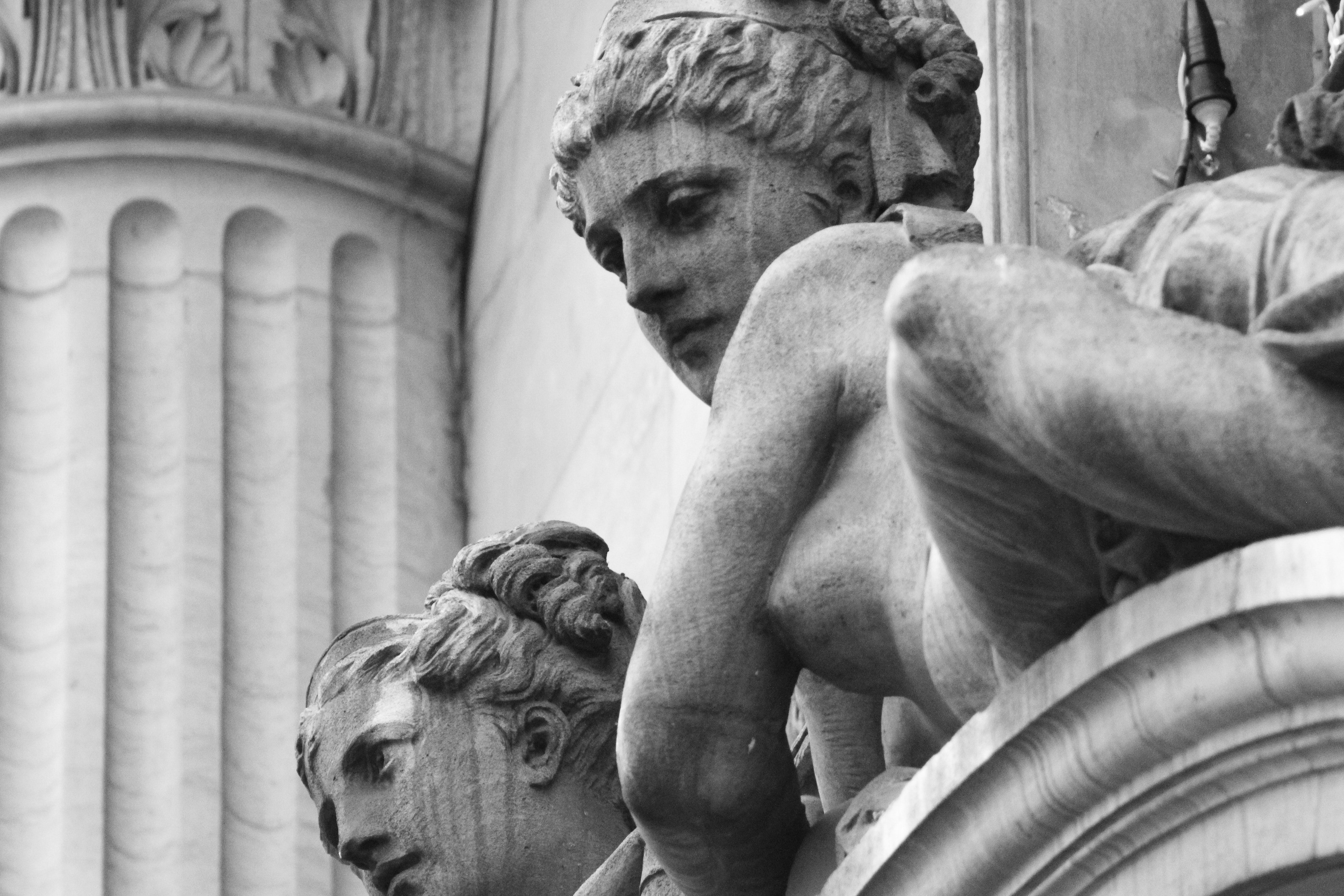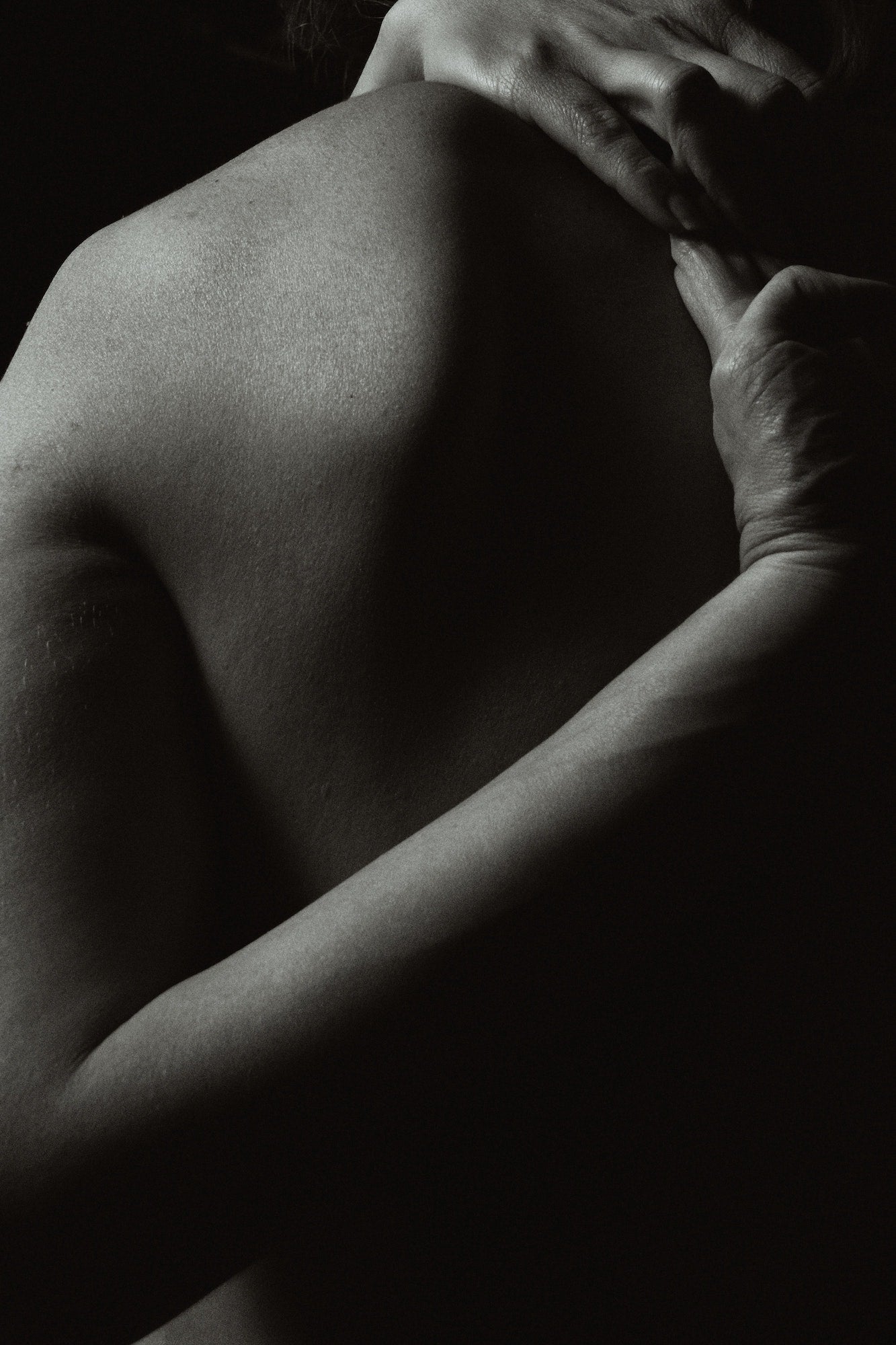The history of striptease.

Centuries of disrobing, from Salome to Showgirls.
Most of life takes place clothed, and sex generally takes place naked — it stands to reason that the transition from one state to another would also take on some significance. As with a lot of activities that historically took place behind closed doors, plenty has gone unrecorded, but what started as “taking clothes off is fun” has slowly transformed into a multibillion-dollar industry.
The prehistory of striptease
Inanna, also known as Ishtar, the Queen of Heaven and other grand titles, was a goddess worshipped in ancient Mesopotamia (now Iraq) from about 2400BCE onward, who features in a lot of ancient Sumerian sexual rituals. In one of the most famous stories about her, Inanna travels to the underworld, Kur, through seven gates. To prepare for the journey, she dresses in royal finery, but with every gate, an item is removed, leaving her to arrive in the underworld naked. How much this influenced later stripping is unknown, but other tales of Inanna influenced the Bible — she learned about sex by eating the fruit of a secret tree, for instance — so she cast a pretty long naked shadow.
There were other strippers in the ancient world. Records survive from both Ancient Greece and Ancient Rome detailing nude performances and dancing as part of entertainment rituals, and the idea of a performance telling a story concluding in nudity dates from at least this period — in the 7th century AD, Empress Theodora, wife of Justinian the Great,did a striptease retelling of the myth of Leda and the Swan.
Elizabethan erotic dancing
While there are several hundred years from which no record of striptease exists, by the 17th century, stripping was established enough in Europe that it was joked about in plays and featured in erotic novels. Gentlemen’s clubs would sometimes bring in performers. The same interest in the exotic that led to European museums filled with plundered goods led to the popularizing of belly dancing and ‘the dance of the bee’, a performance presented as an African tradition (featuring a woman removing layer upon layer, purportedly looking for a bee in her clothes) but thought to be more of a show put together for travelers looking for, well, exotic dances where people took their clothes off.
French cabaret venues like the Moulin Rouge offered up ‘the dance of the flea’ and disrobing dances (like the ‘fan dance’) began showing up in theater and opera. The Biblical figure of Salome — granddaughter of King Herod, who danced for him and was offered anything she wanted, requesting the head of John the Baptist on a silver platter — is often associated with striptease, her dance presented in various eroticised ways over the centuries. However, most of the details — including the name ‘the dance of the seven veils’— were added a long time later in artistic interpretations, most notably by Oscar Wilde in the late 19th century.
Twentieth-century titillation
The rise of burlesque and vaudeville brought with it acts that raised eyebrows (and more) and made big names on both sides of the Atlantic from figures like the Mata Hari, Gypsy Rose Lee and Josephine Baker. Full nudity could sometimes only be offered, for legal reasons, while perfectly still — the ‘tableaux vivants’ and ‘posture girls’ of the Moulin Rouge and later London’s Windmill Club — raising the question of whether, for an audience, nudity was more about the journey or the destination.
Was it simply about seeing body parts that were usually covered up, or the eroticism and storytelling with which a performer imbued their dance? The artistic value of performance began to be acknowledged. Writer H.L. Mencken and performer Georgia Sothern tried to get the name ‘ecdysiast’ to take off as a classier title. The image of the nightclub performer in evening wear and elbow-length gloves comes from this era, in which performances would often feature singing and live bands.
When music hall and vaudeville began to die out, venues began pushing the boundaries as much as they could in terms of nudity, leading to some abandoning the pretense of offering any other sort of entertainment, reinventing themselves as strip clubs. When rock’n’roll came about, and go-go dancing became popular, strip clubs integrated it, with San Francisco’s Carol Doda achieving fame as the world’s first publicly topless, and then fully nude, go-go dancer. In the 1970s, male strip clubs appeared for the first time.
The dark side of strip clubs
There is a very dark side to the striptease industry, due in part to how the legality of it as a public performance varies greatly from locale to locale. Various jurisdictions specify minimum distances between performer and audience, strict rules on what contact is and isn’t allowed, how nude a performer can be, how venues can advertise, whether they can serve alcohol and so on, but defining what does and doesn’t count as sex work can get legally extremely fickle, and strip clubs can end up operating in extremely gray areas in terms of the law.
This means they sometimes act as hubs for other illicit activities and horrendous acts. There have been many cases of human trafficking, forced sex work and the employing of underage girls in strip clubs. Given the many dangers involved in professional striptease, the people who do it have historically been treated poorly, both in terms of social status and by their employers. Many venues either don’t pay their dancers or charge them a fee to perform, the idea being that they are working for tips. Performers are regularly exposed to harassment, physical abuse, unwanted contact and worse. Most jobs that put employees in physically risky situations have to comply much more strictly to OSHA and workers’ rights regulations. Given that the strip club industry in the US is worth over $7bn annually, it’s not going anywhere, so unionization within the industry is almost certainly the future.
Striptease goes mainstream
The 1990s saw lap dancing explode in popularity, and a surprising amount of mainstream movies about the world of stripping — Exotica, Showgirls, Striptease and many more. Pole dancing, which first became popular as a form of striptease in the 1980s, became increasingly popular as the millennium approached, bringing gravity-defying athleticism to the stage. This combined with a revived interest in burlesque — Dita Von Teese, Moulin Rouge and so on — led to the once-unthinkable idea of striptease-influenced fitness classes taking place in gyms across the world. Strip clubs’ importance within the world of hip-hop, and the knock-on effects on culture in general, have led to things like Prada debuting a clear ‘stripper heel’. It’s all a long way from shedding layers on the way to the underworld. Stripping really… took off.



